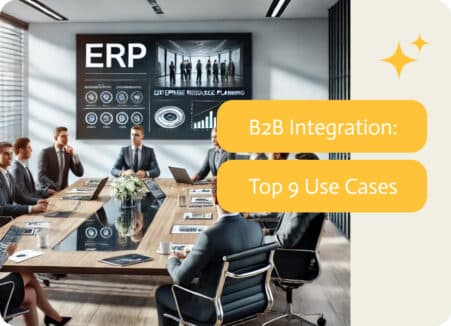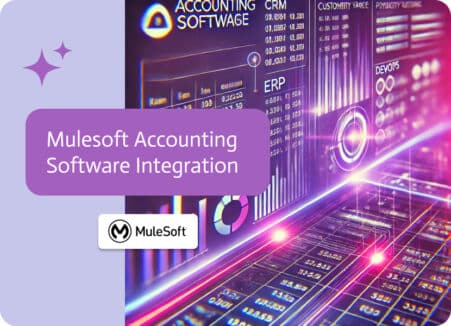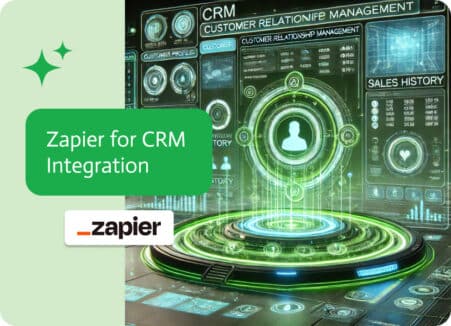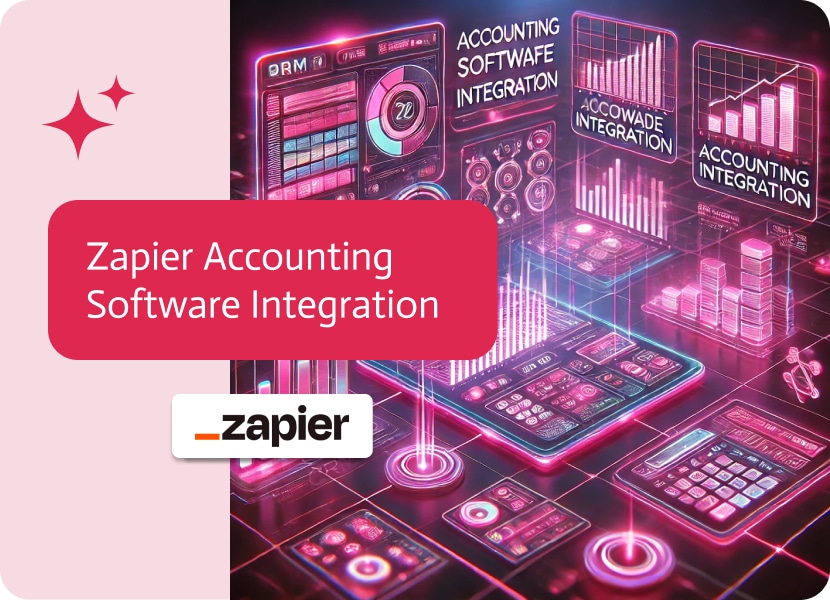
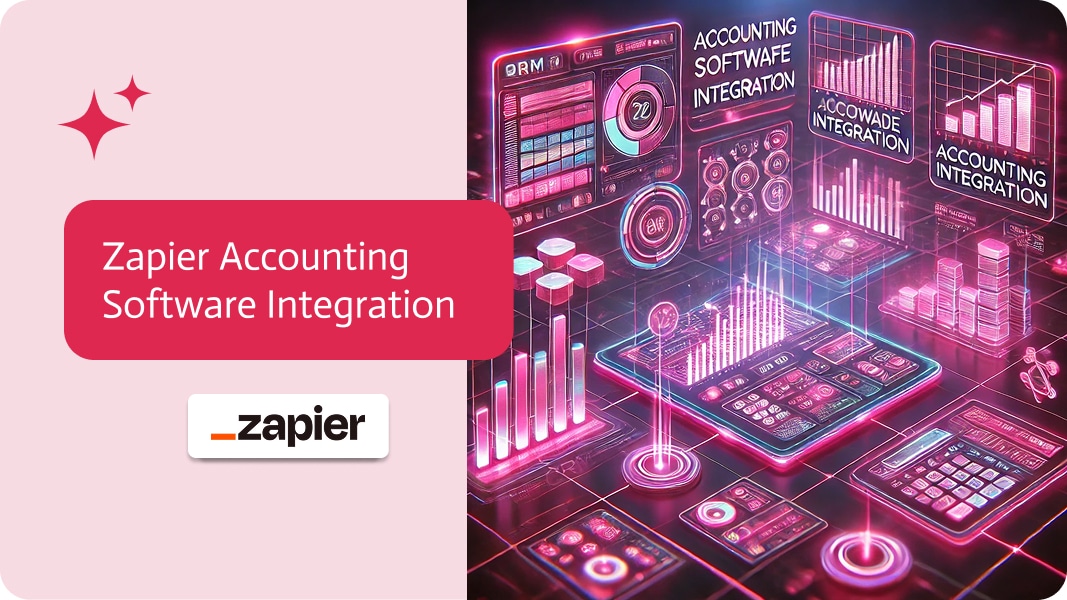
Zapier Accounting Software Integration
Introduction
Hello, finance professionals! Are you overwhelmed by the multitude of tools you use daily? Imagine having a single platform that seamlessly integrates them all, streamlining your processes. Welcome to the world of Zapier Accounting Software Integration. Let’s explore how Zapier can transform your workflow.
Zapier: Your Accounting Integration Ally
Zapier is a cloud-based integration platform that connects your preferred tools effortlessly. This no-code solution simplifies your accounting processes, making your life easier and more productive.
Why Zapier is Essential for Accounting
1. Invoicing
Automate invoice generation and delivery. This integration ensures that invoices are created and sent out automatically, reducing manual effort and minimizing errors.
Example: A small business uses Zapier to connect their CRM with their accounting software. When a sales representative closes a deal, they update the deal status in the CRM. Zapier detects this status change and sends the customer’s details and the deal amount to the accounting software. The software then creates an invoice using this information and emails it directly to the customer. This seamless process eliminates the need for manual invoice creation, reduces the chance of errors, and ensures timely billing.
2. Expense Tracking
Sync expenses from receipt tracking apps. This integration ensures that all expenses are automatically recorded in the accounting software, streamlining expense management.
Example: A company uses Zapier to connect their receipt tracking app with their accounting software. For instance, an employee makes a business purchase and uploads the receipt to the tracking app. Zapier captures the receipt data, including the amount, date, and vendor, and sends it to the accounting software. The software records the expense, categorizes it appropriately, and updates the company’s financial records. This integration reduces manual data entry, ensures accurate expense tracking, and provides a real-time view of the company’s expenditures.
3. Payment Processing
Automate payment processing workflows. This integration ensures that payments are processed efficiently and accurately, reducing the risk of errors and delays.
Example: An e-commerce business uses Zapier to connect their online store with their accounting software. For example, a customer completes a purchase on the online store. Zapier detects the transaction and sends the payment details to the accounting software. The software processes the payment, records the transaction, and updates the customer’s account balance. Additionally, Zapier can notify the finance team of the successful transaction, ensuring that all parties are informed. This automation streamlines the payment process, reduces the likelihood of errors, and ensures that financial records are always up to date.
4. Bank Reconciliation
Sync bank transactions with accounting software. This integration ensures that all bank transactions are automatically matched with the corresponding entries in the accounting software, simplifying reconciliation.
Example: A company uses Zapier to connect their bank account with their accounting software. For instance, a company’s bank account receives a payment from a customer. Zapier detects the transaction and sends the details, including the amount and transaction date, to the accounting software. The software matches the bank transaction with the corresponding invoice or payment entry, reconciling the accounts automatically. If there are any discrepancies, the software alerts the finance team to review and resolve them. This integration streamlines the bank reconciliation process, reduces the risk of errors, and ensures that financial records are accurate and up to date.
Alternatives to Zapier
While Zapier Accounting Software Integration is excellent for small companies, larger enterprises might need more robust solutions. Noca AI uses advanced artificial intelligence for a no-code integration solution, ideal for enterprises needing strong compliance and scalability. Boomi, a Dell Technologies platform, offers comprehensive tools for API management and data synchronization, suitable for large-scale accounting environments. MuleSoft excels in handling complex integrations and ensuring regulatory compliance with its robust API management and data integration capabilities. Workato combines powerful integration and automation features with ease of use, supporting intricate workflows and providing extensive tools for managing integrations efficiently. SnapLogic focuses on intelligent data integration, facilitating fast data movement across systems and enhancing business agility. Make, formerly known as Integromat, offers extensive automation and flexible integration features. Each platform provides advanced integration features, scalability, and compliance capabilities designed for the sophisticated needs of larger organizations.
Conclusion
Whether you’re a small accounting team or part of a large enterprise, there’s an integration solution that can optimize your workflows and improve efficiency. Zapier Accounting Software Integration and the Zapier alternatives offer powerful tools to automate your accounting processes, allowing you to focus on delivering high-quality financial management. Embrace automation, streamline your operations, and elevate your accounting practices to the next level. Happy integrating!
